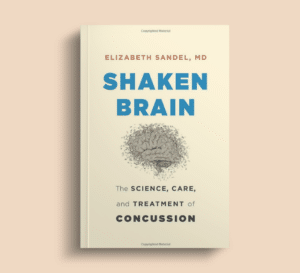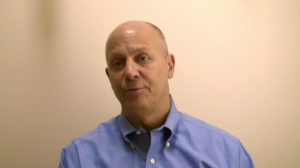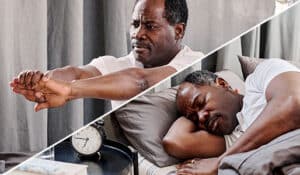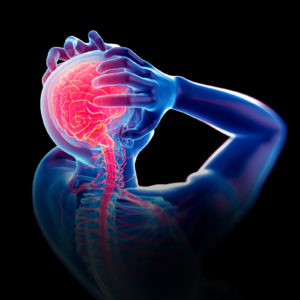Post-Traumatic Headaches: Not Just One Type or Treatment
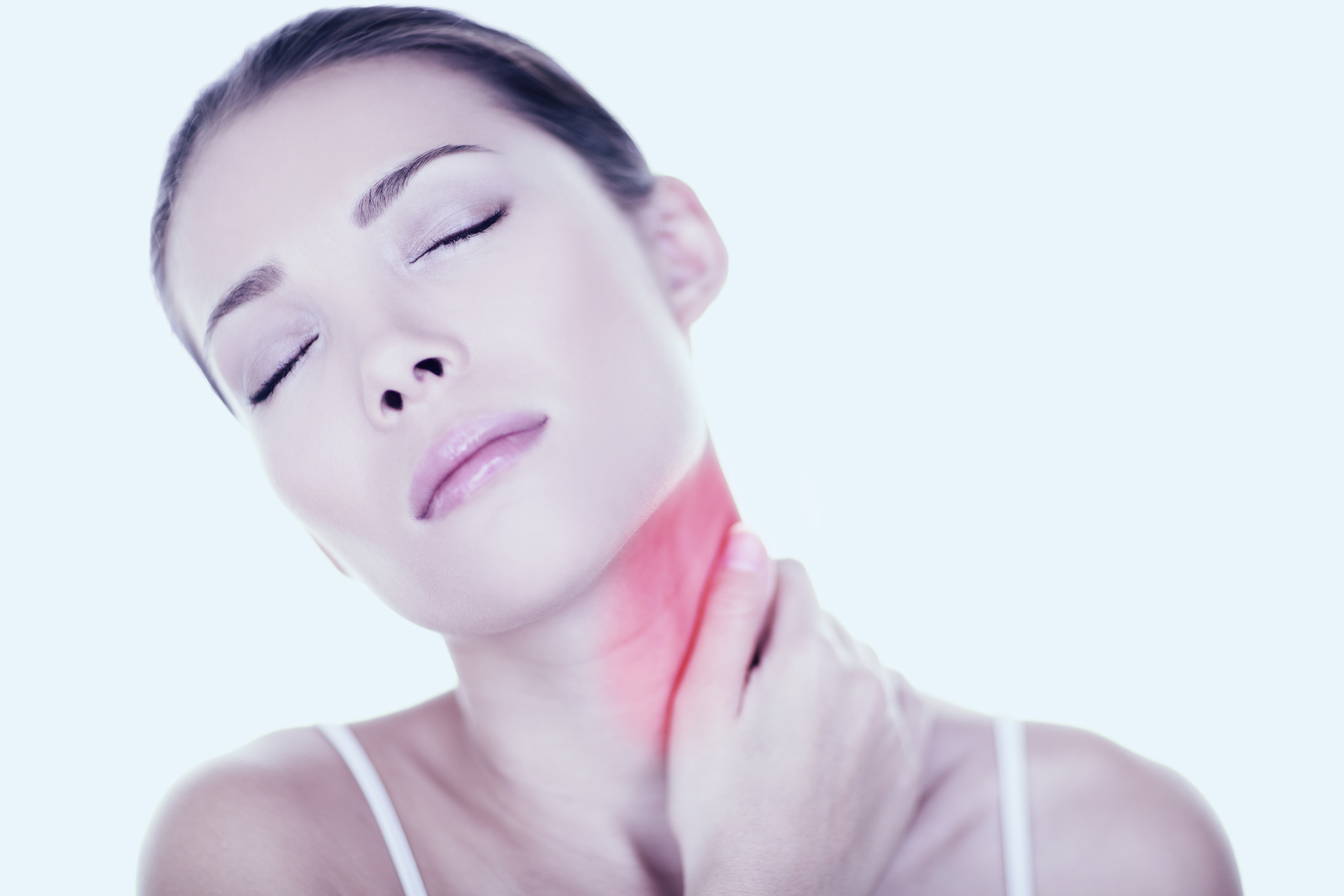
One of the hallmark symptoms after a brain injury is headache. Many people who have sustained a concussion or more severe brain injury report headache as one of their primary symptoms.
The topic isn’t as simple as it first appears. Some people with concussions or more severe brain injuries may have had a pre-injury history of headaches that worsen. There are various types of headaches that occur with or without these injuries. It’s important to understand the different types of headaches because the better you’re able to describe the headache to your doctor, the better your doctor will know how to treat it.
While some headaches may be the result of injury to the brain itself, many others are the result of injury to other parts of the body, including certain bones, joints, ligaments, nerves, and soft tissues of the head and neck. Treating those injuries first can relieve the headaches associated with them. A thorough physical examination is essential to diagnosis and therefore to treatment.
Here are some of the more common terms used to describe headaches.
Post-traumatic headaches (PTHA)
It’s very common for people who have sustained a head or brain injury to experience a headache in the immediate period, for minutes or a few hours. When headaches continue beyond this acute time frame, they’re classified as PTHAs. PTHAs after a head or brain injury may disappear on their own. Unfortunately, for many people, headaches can last several months or even years.
PTHA is a catch-all term that merely notes the presence of headache after the initial injury period, but it doesn’t describe the specific type of headache. PTHAs may be one of the kinds listed below. Most PTHAs are tension headaches. People can have more than one type of headache after a head or brain injury. If they had headaches before the injury, the headaches may worsen or change in other ways.
Tension headaches
Tension headaches typically present as pain at the temples and may be mild to moderate in severity. Some patients describe the pain like a vice or tight rubber band compressing the head. They tend to come and go.
Migraine headaches
Migraines are often severe and can last from several hours to several days. Throbbing pain is often felt on one side of the head, and may be accompanied by nausea, stomach pain, and sensitivity to light and other stimuli. There may be several stages, with symptoms like flashing lights that precede the onset of the headache, and other symptoms like fatigue after the headache.
Canadian researchers recently found that children with post-traumatic migraines had worse outcomes (symptom burden and quality of life) than children with other types of headaches. The children with no headaches after a concussion had the best outcomes.
Cervicogenic headaches
“Cervicogenic” refers to the cervical spine, i.e., the neck. Injury to this area can cause these kinds of headaches, which are usually chronic and present in both sides of the head. The pain may be similar as that of other kinds of headaches, which may make it difficult to classify the headache.
Occipital neuralgic headaches
The occipital nerves run from the back of the head to the upper neck, and injury to these nerves, for example with whiplash, can cause a variety of headaches in the upper neck and back of the head. These types of headaches may feel like numbness, stabbing, or throbbing pain.
Temporomandibular Joint Disorder
The temporomandibular joint (TMJ) connects the skull to the jaw, and TMJ disorders can cause headaches that are often mistaken for tension headaches. However, headaches caused by TMJ disorders often come along with other symptoms, such as clicking in the jaw, teeth grinding at night, earaches, and tenderness in the face or jaw area.
Rebound Headaches (Medication Overuse Headaches)
Sometimes the medications used to treat headaches can end up causing headaches. Rebound headaches occur when a medication is skipped or suddenly reduced. (This is also the kind of headache you get when you miss your morning cup of caffeinated coffee.)
Learn more about the evaluation and treatment of post-traumatic headaches on another blog and at the Concussion Alliance website (for which I provide content expertise) and also by listening to my interview of Dr. Steven Moskowitz, Senior Medical Director for Paradigm Outcomes in California. He shares his insights from years practicing as a physical medicine and rehabilitation physician and pain program director.
You Might Also Like
Managing Concussion-Related Pain
Dr. Steven Moskowitz is a physiatrist specializing in pain management. He discusses the various painful conditions, including neck pain and headaches, that occur at high frequency after concussion and related trauma. He advocates for a biopsychosocial approach to the evaluation and treatment of these conditions.
3 Things to Do to Allow Your Brain to Recover More Quickly After Brain Injury
After a concussion, people need good sleep patterns, and they also need to resume activity and exercise to aid recovery. Activities with concussion risk should be avoided, however.
Evaluating and Treating Headaches After Brain Injury
Headaches are extremely common after a traumatic brain injury, but there are various treatments that vary depending on the phenotype or cause.
Keep up to date
Get updates on the latest in concussion, brain health, and science-related tools from Dr. Elizabeth Sandel, M.D.
By clicking SIGN UP, you agree to receive emails from Dr. Sandel and agree to our terms of use and privacy policy.
Get the book!
